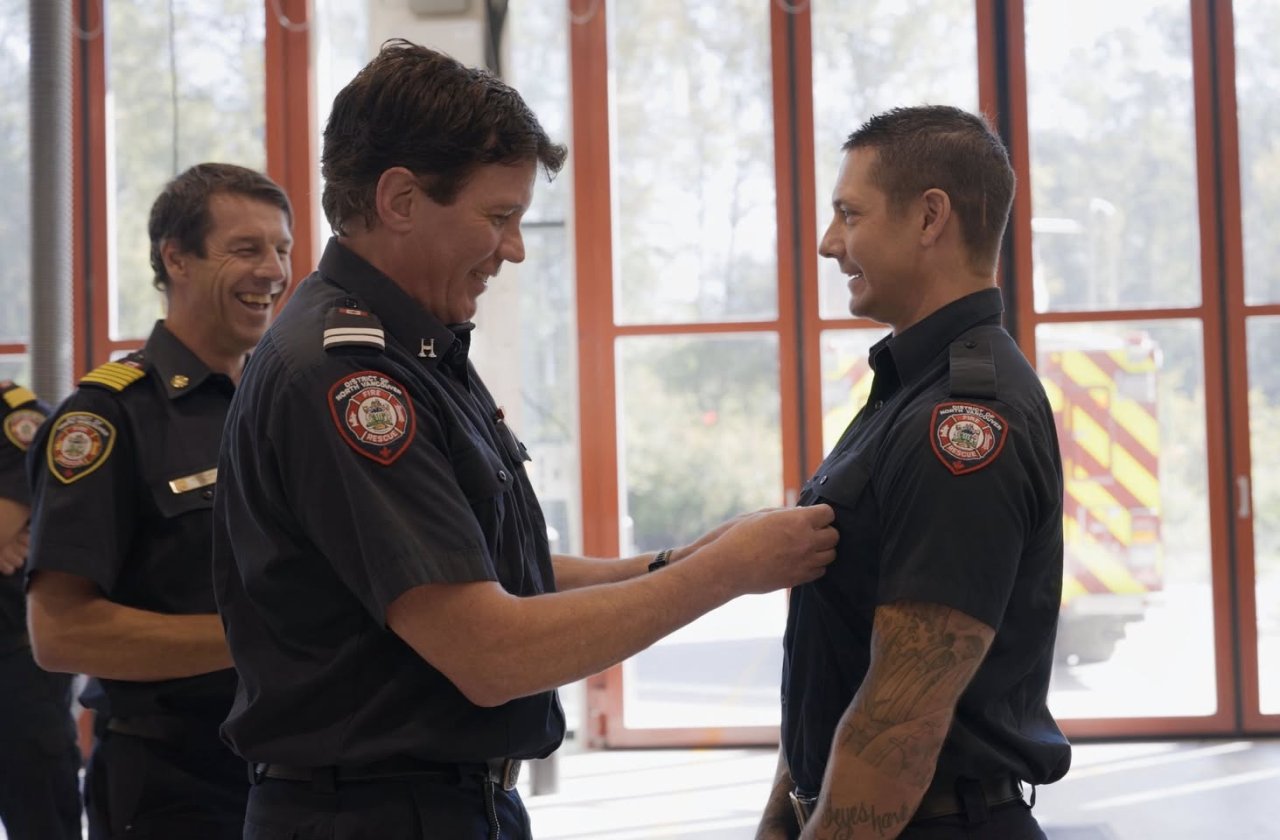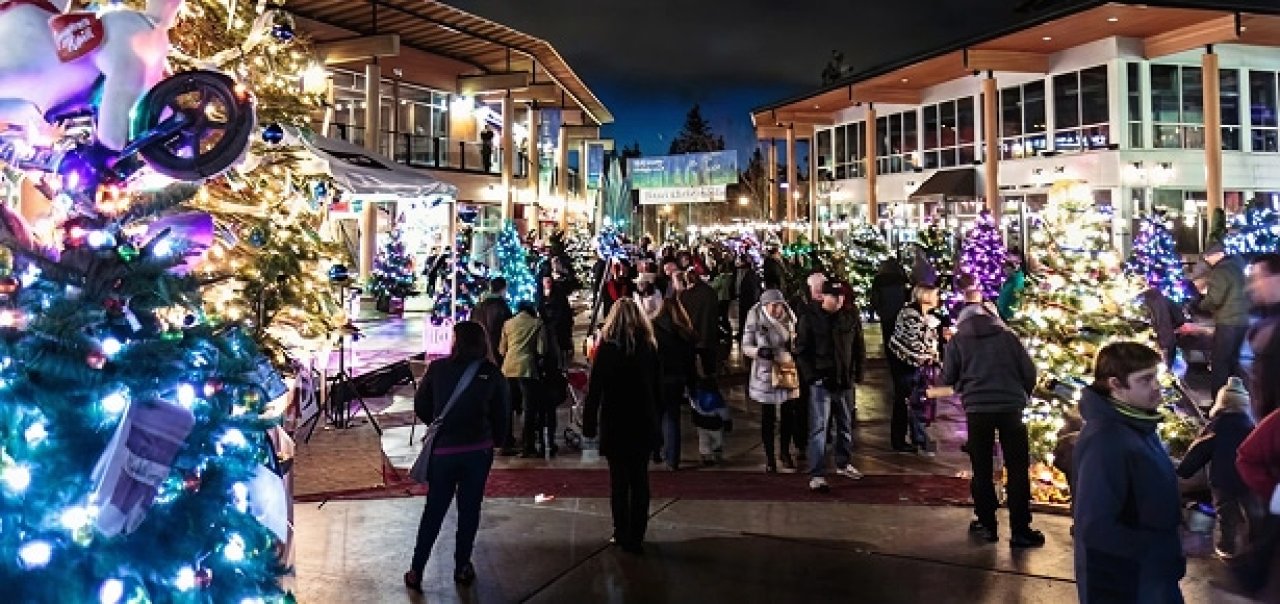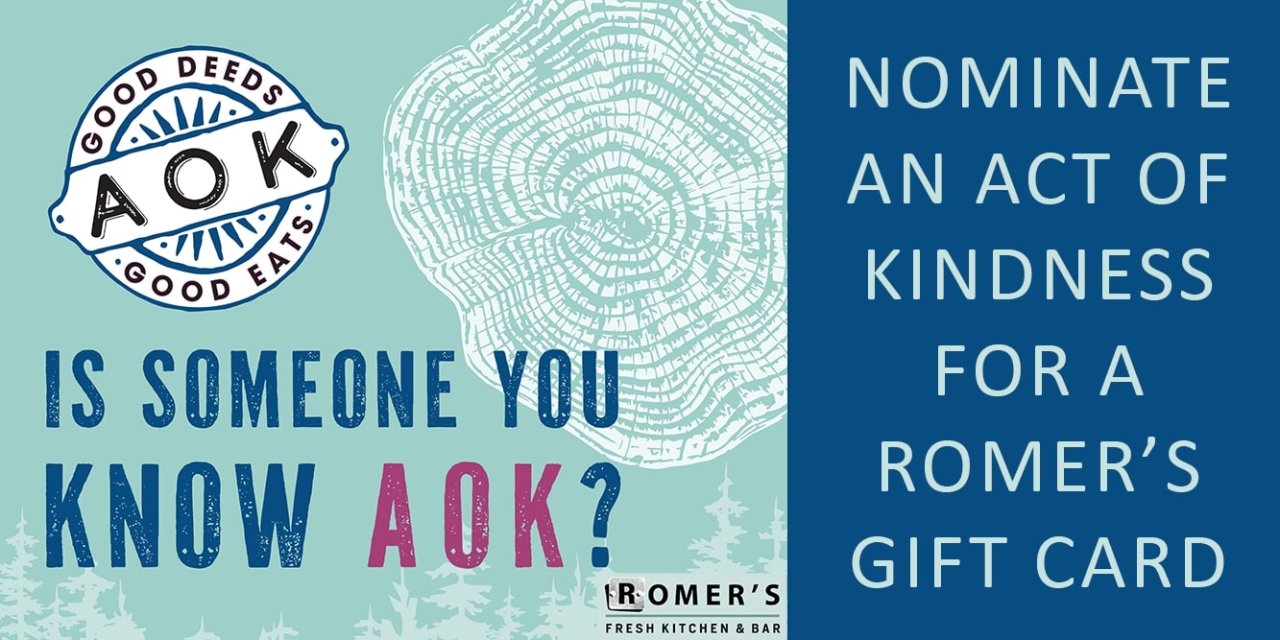News
& Events
Hi there neighbours, and a very warm welcome to our blog. Where the real news of a community is shared. Sit down and stay awhile…. and check back regularly, so we can keep you in the Lynn Valley loop.
Filter by Category

November 7, 2025
Lynn Valley Real Estate Market Analysis - October 2025

November 6, 2025
Upcoming Winter Holiday Events & Markets

November 5, 2025
New Harbour Swimming Deck Coming to North Vancouver

November 5, 2025
Remembrance Day - Lest we Forget

October 7, 2025
Local Heroes Save Lives

October 7, 2025
Lynn Valley Real Estate Market Analysis - September 2025

October 6, 2025
Halloween Dovercourt Crypt Fun

October 5, 2025
Official Community Plan Update
Community Calendar
-
Nov 143:30 PM - 5:30 PMLynn Valley Library 1277 Lynn Valley Rd, North Vancouver BC V7J 0A2, Canada
-
Nov 14
Meat Draw and 50/50
6:30 PM - 8:30 PMRoyal Canadian Legion Branch 114, 1630 Lynn Valley Rd, North Vancouver, BC V7J 2B4, Canada -
Nov 14
Music Night - Bizelle Enriquez
7:00 PM - 9:00 PMThe Mollie Nye House 940 Lynn Valley Rd, North Vancouver BC V7J 1Z7, Canada -
Nov 15
Meat Bingo
2:00 PM - 4:00 PMRoyal Canadian Legion Branch 114, 1630 Lynn Valley Rd, North Vancouver, BC V7J 2B4, Canada




